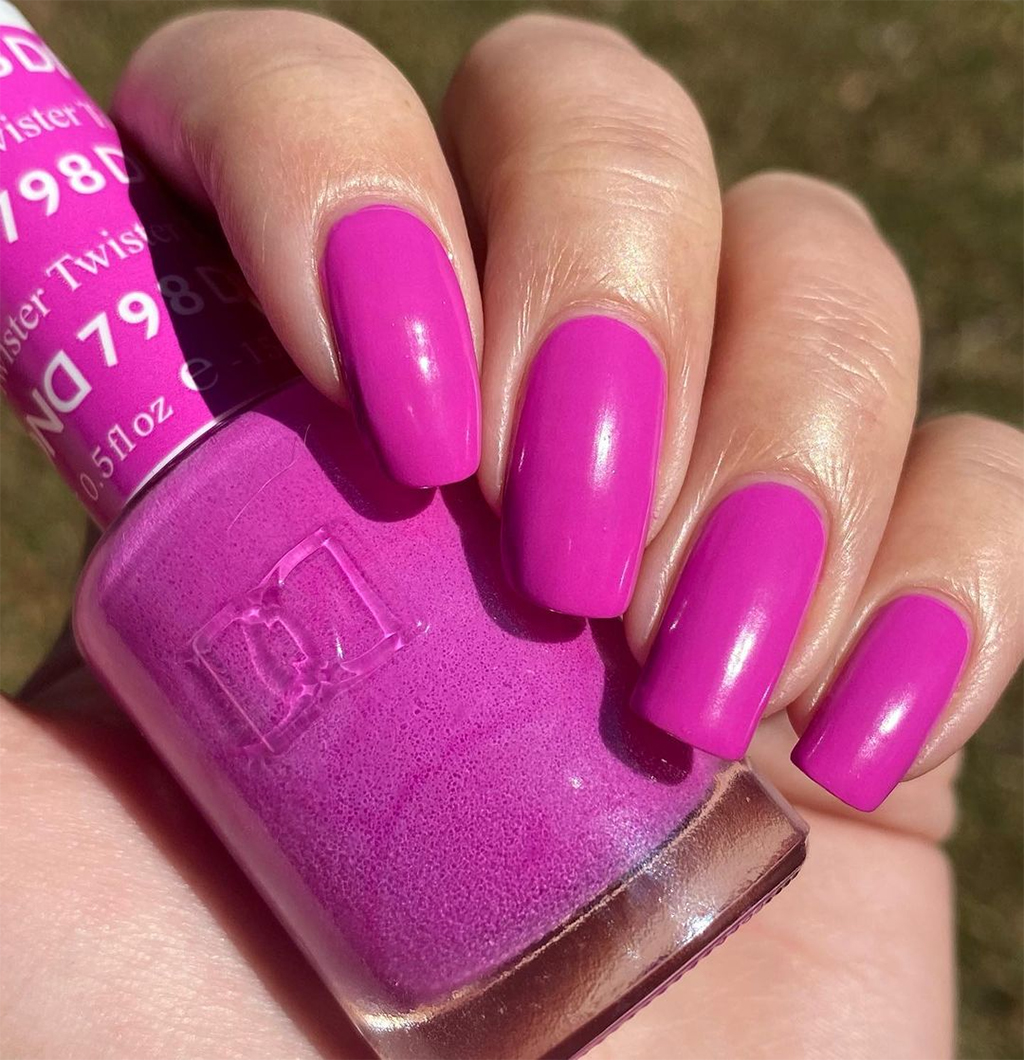Swimming is the best exercise to maintain your fitness. But, can you swim with your nail polish? The best news is that you can, provided you take the necessary precautions. You do not want the manicure to get ruined. So, our tips can help you through the process. Therefore, you need not hold back when swimming as an exercise or on a well-deserved vacation. Here are the best nail polish DND you can have while swimming.
The Best DND Polish Colors While Swimming

Gel polish is the best among all other manicures because they offer better protection and look fabulous simultaneously. The application process is similar, but the drying procedure is different.
The gel polish is better when swimming because it does not react with the chlorine or salt in the water. Thus, the polish does not chip away and dismantle like the nail lacquers. Since the gel polish layers are cured under a UV lamp, they become sturdy enough. We recommend curing each gel coat layer under the UV lamp to make the DND polish colors last longer.
How Do You Protect Your Nail Polish During Swimming?
Water repellant
The prime objective should be to minimize the exposure of the nails to water. But, is it possible while swimming? You can limit the exposure by using compounds that can repel the water. For example, cuticle oil is an excellent water repellant. Similarly, petroleum jelly is a good option. It repels the water and ensures it does not come in contact with the nails.
Repelling the water is crucial because prolonged exposure to water can cause the gel polish layers to swell. As a result, there can be water seepage between the polish layer and the nail surface. It can result in nail infections. So, apply cuticle oil generously over your nails and the surrounding skin to get complete protection.
Drying your nails is crucial
We suggest having thin layers of gel nail polish DND before swimming. The thicker layers are always prone to chipping. Therefore, having thin layers is helpful. Secondly, drying your nail polish well after each layer application is vital. We never advise applying the subsequent layer before drying the existing nail polish coat on your nails. If you use your DND polish colors too soon without waiting to dry, the layers can separate when swimming, leading to water seepage and infections.
The best way to dry your nail polish layers quickly is to dip your nails into ice water for three to five minutes immediately after applying the polish. It expedites the drying time. However, please ensure that the water remains cold.
As the layers dry quickly, they do not stick together. So, they become more durable and less prone to chipping when swimming.
Rinse your nails well
We advise having a manicure at least twelve hours before planning your swimming activities. It allows your nail polish to set perfectly because excessive exposure to chlorinated or salt water can damage your manicure.
Once you are out of the pool, we advise rinsing the hands with tap water that does not have chlorine. It helps wash out the chlorine and salt residues thoroughly from the fingers and the nails. Next, please dry the nails by patting them with a dry towel. Do not apply pressure because the nails can be brittle after a couple of hours in the pool. So they can break easily. Besides, rubbing your nails hard can force the color of the nail and discolor the manicure.
Revamping your nails is critical
Once you have finished your swimming activities, the first thing to do is revamp the nail polish. Have a touchup, significantly if the color has lightened. Otherwise, a topcoat layer should be sufficient. It ensures that the manicure remains intact. In addition, the topcoat layer protects the gel polish layers and makes your nails more durable.
However, do not forget to cure the topcoat layer under the UV lamp.
Have a break
We advise you not to go swimming on consecutive days. However, a break between two swimming sessions can do good for your nails. Massage your nails well during the break. Use cuticle oil generously to rejuvenate your nails and restore their glow.
We suggest using gloves as long as your fingers and nails have not returned to their original health. In addition, the gloves protect your nails from damage because the nails can become brittle after prolonged exposure to water.
Final Thoughts
Swimming is among the best exercises to remain fit and healthy. However, swimming for extended hours can damage your nails because of continuous exposure to moisture. You can wear silicone gloves while swimming to prevent the nails from being damaged. The DND polish colors are durable enough to withstand your swimming sessions. But, it is always better to be careful.
